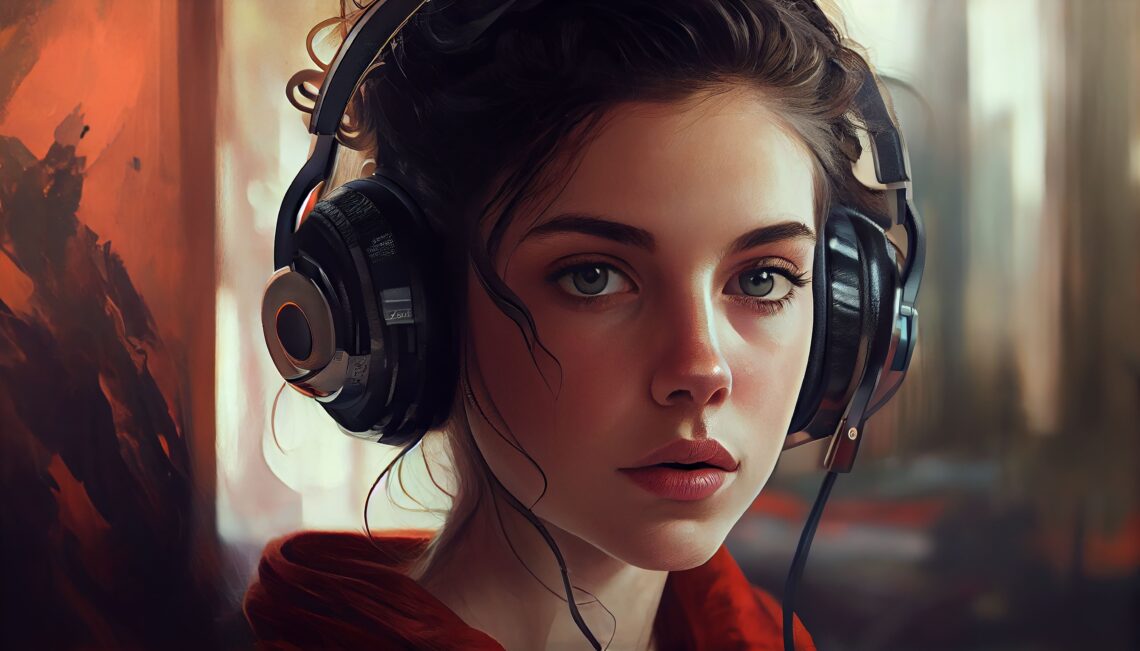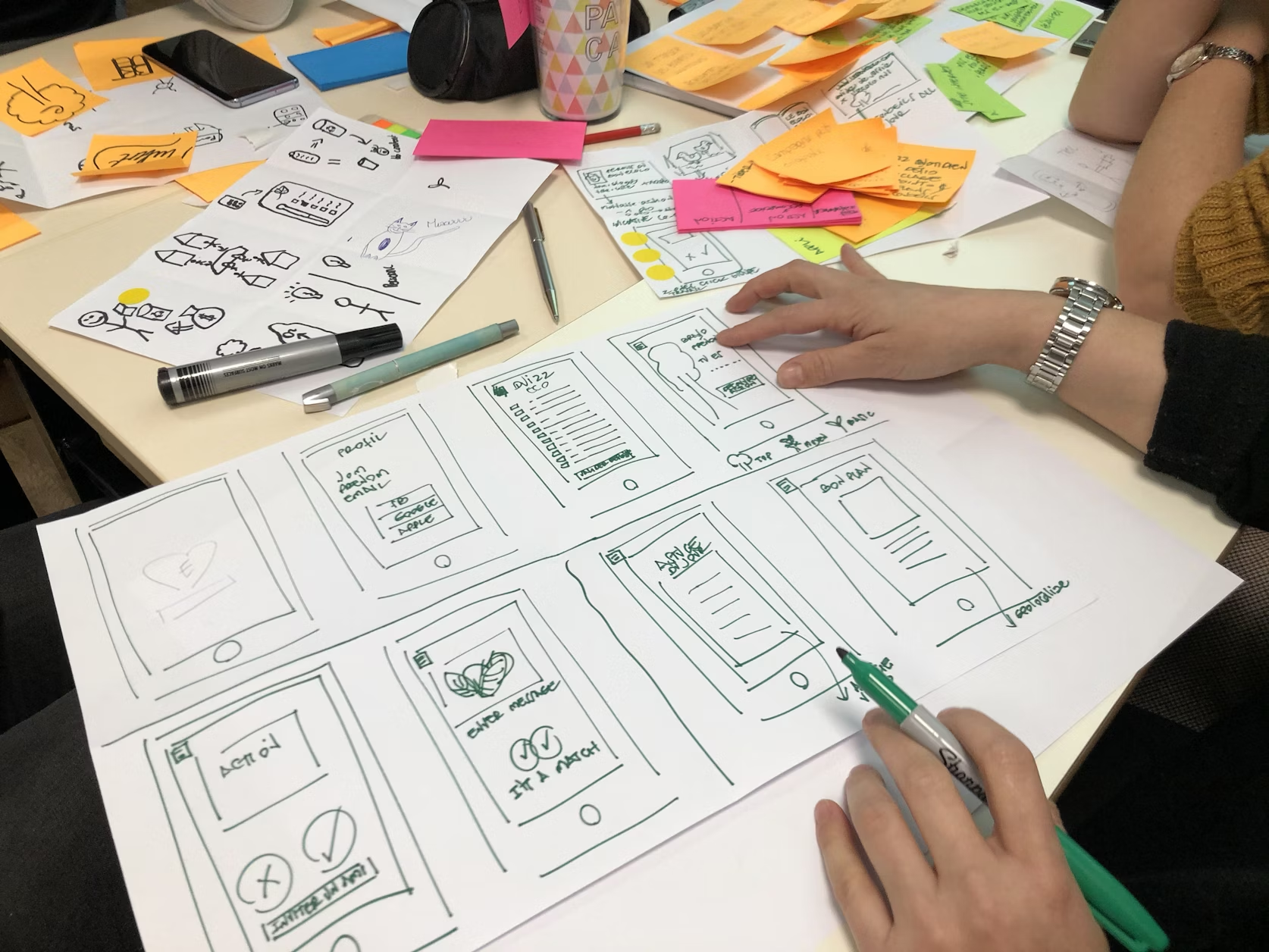
The Evolution of College Yearbooks: A Visual Journey Through Graphic Design Trends
in Knowledgebase on March 6, 2024Have you ever looked through an old college yearbook and been amazed at the hairstyles and clothes? Have you also noticed how the design elements seem to capture the spirit of the time? Not only do the pictures in this book tell a story, but the graphic design styles also take you on a visual trip through time. From very fancy to very simple, college yearbooks have changed a lot over the years, reflecting changes in society and technology. Let’s take a trip down memory lane as we look at how graphic design trends have changed the look and function of college yearbooks over the years.
Development of Graphic Design Thanks to Computer Technologies
Computers have been a turning point in the history of graphic design. They have changed everything about how we communicate visually. The changes in college yearbooks over the years make this change very clear. When designers switched from traditional to digital tools, they were able to be more creative than they could have been before. Before computers, yearbooks had to be carefully laid out and designed by hand, with only a few tools that let people be creative. On the other hand, adding computers is like giving an artist an endless supply of paints and art tools. Graphic design is easier for everyone to do now that there is design software and digital editing tools. From now on, it’s easy for professionals, students, and regular people to try out different colors, fonts, and pictures. This change has not only sped up the design process, but it has also made the world of making yearbooks a place where new ideas and experiments are welcome.
It is now easy for more people to work together on making yearbooks thanks to the switch to digital. Cloud-based design tools and software that lets people work together make it simple for groups to work together from different places. There are now more design styles in yearbooks because of computers and the ability for people to work together to be creative. These styles reflect a bigger range of national and personal identities. It is simple to adjust and change digital content. This has also made it easier for designers to change their work quickly and in new ways, which goes against the rules of traditional design. This means that today’s college yearbooks are not only a way to remember good times, but also a record of how graphic design has changed over time. They show how computers have made it easier to tell visual stories in different ways.
As much as computers have helped graphic design grow, they have also helped education a great deal, especially with the rise of online services. Design students need a lot of computer assignment help as they learn how to use the hard digital tools and software that are now necessary in their field. Students can get both the technical help they need to learn how to use the newest design tools and the artistic ideas they need to make their ideas come to life when they get help with their computer homework. This link between new tools and educational support services that works well for both parties shows a bigger change in design education, where learning takes place outside of the typical classroom. Through one-on-one tutoring and online resources, students can get a lot of knowledge that helps them with their homework and learn how to make the most of digital tools in graphic design. More and more colleges are using technology to help teach students how to be creative and come up with new ideas.
The Early Days: Elegance and Simplicity
The Birth of Typography
At the start of the 20th century, college yearbooks were known for being elegantly simple. The attention was on typography, with fancy, beautiful fonts that gave off an air of formality and class. These fonts were often paired with intricate borders and decorations that gave portraits and group photos of students an air of sophistication. You might ask why this focus on type, though. It was because of the way printing worked at the time, which valued fine detail and skill in lettering.
Embracing White Space
A small change happened as the 1920s and 1930s came to a close. The use of white space by designers made plans look cleaner and more organized. This wasn’t just a choice of style; it was also a mirror of the modernist movement, which believed that design should be clear and serve a purpose. Photos became more important, and people liked the bigger, clearer prints more than the earlier versions’ smaller, more numerous portraits.
The Mid-Century: A Time of Experimentation
The Rise of Photomontage
After WWII, especially in the 1950s and 1960s, people were more open to trying new things. Photomontages were creative ways to put pictures together to make a story more interesting at this time. They were common in college yearbooks. Before this point, graphic design was following the rules. It began to use abstract elements and picture editing in fresh ways. When you look at yearbooks from the late 1960s, you can see how pop art and psychedelia changed the colors and designs.
Introduction of Color Photography
When color photos came along, it changed the way yearbooks were made. At first, color photos weren’t used very often because they were expensive, but they quickly became more common, adding a new layer to the visual story of the yearbook. This change not only made the books more colorful and interesting, but it also helped readers connect with the material more deeply.
The Digital Revolution: Towards the Modern Era
The Impact of Digital Layouts
As we moved from the late 20th century to the early 21st, digital tools changed how yearbooks were made. When digital layout software came out, it made things more creative and efficient. Designers could try out different layouts and fonts without having to worry about manually setting the type. During this time, styles changed from simple ones with clean lines and sans-serif fonts to more unique ones with a lot of different fonts that showed how free and flexible the digital age is.
The Role of Customization
These days, customizing things is a big trend. Now that they have the right tools, students and artists can make yearbooks that have the spirit and personality of their class. This has led to a lot of different styles, from plans that look like they came from the future and use digital art and multimedia to pay homage to the past.
Conclusion: A Reflection of Our Times
College yearbooks have been around for a long time, and their past shows how society has changed, how technology has gotten better, and how people’s tastes in art have changed over time. Yearbooks have shown how people were feeling at the time and given artists a way to show who they are. They can be fancy, simple, traditional, or digital. As time goes on, we can only guess how these loved keepsakes will change as new technologies and styles come out. One thing is for sure, though: yearbooks will always be a special way for us to remember good times. They’re like a visual journey through the years that connects our past, present, and future.



















